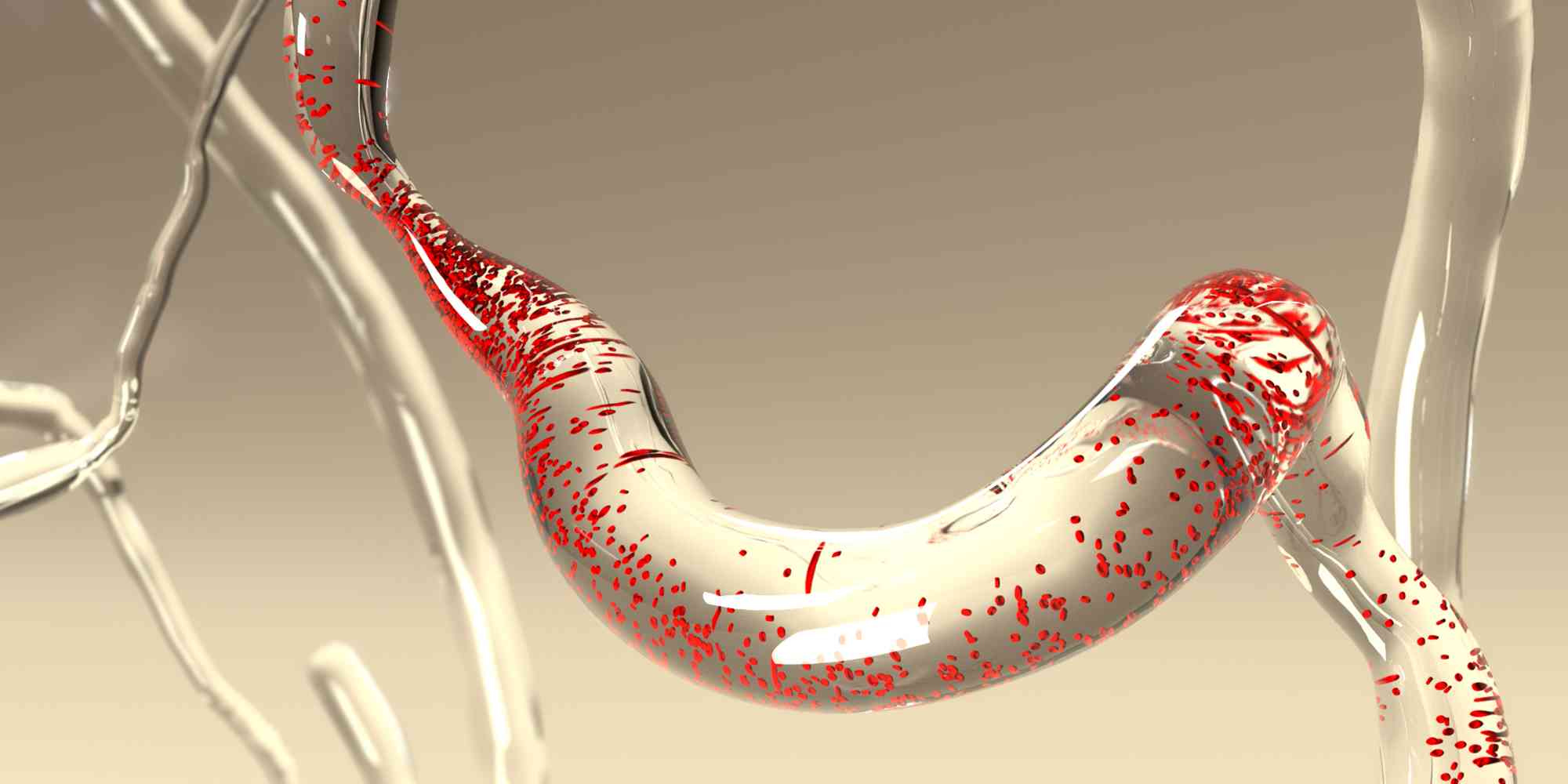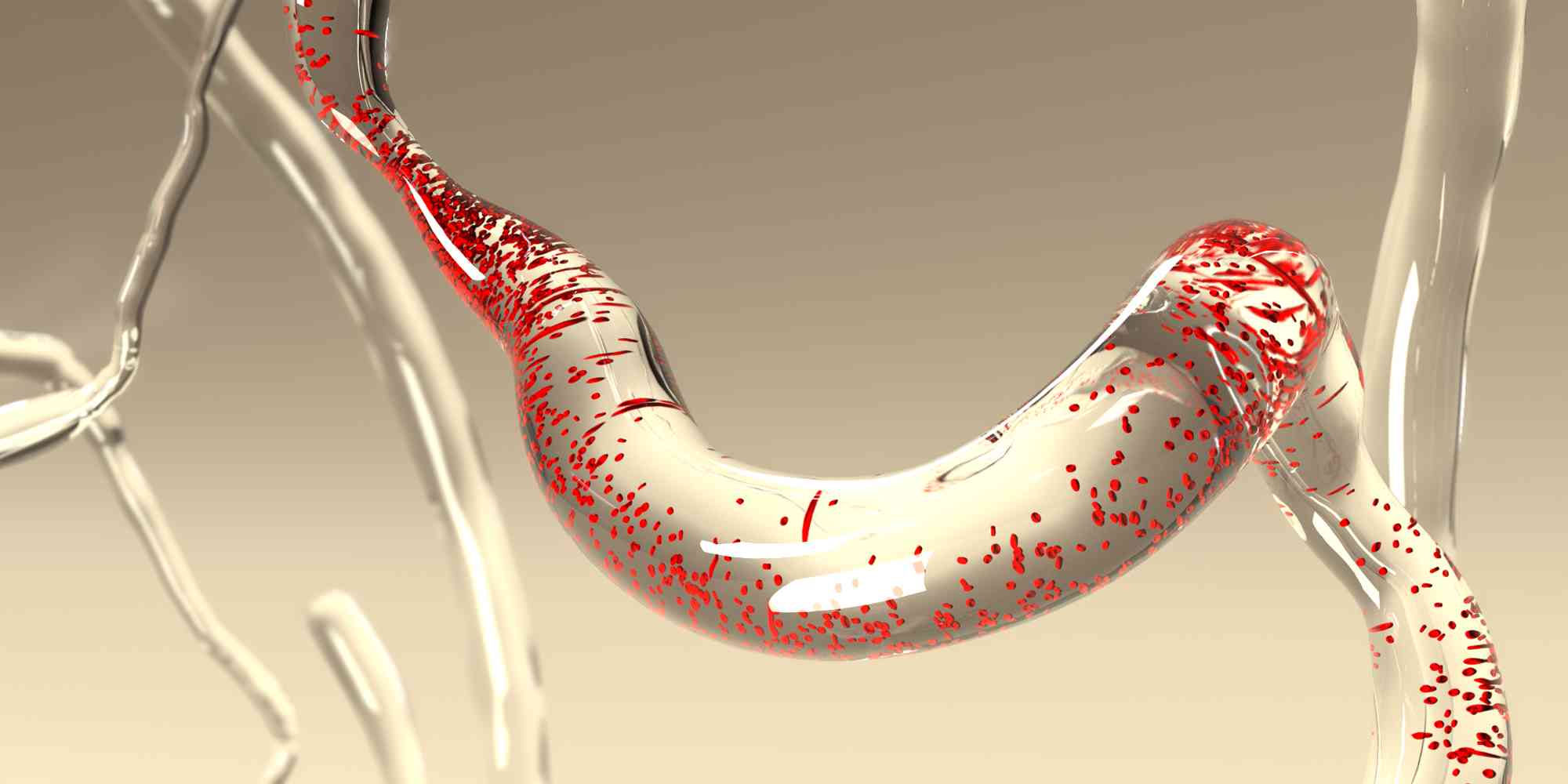You are here
BackSigns of Life: Brain and Amnesia Week
Signs of Life: Brain and Amnesia Week
Event dates
Signs of Life:Brain and Amnesia Week presents a program of collaborative art science research. It comprises of a series of talks, lectures and workshops revolving around the Amnesia Lab project curated by Professor Jill Bennett, with Shona Illingworth and Felicity Fenner, which examines the human brain and the processes of memory and the work of Dr John MCGhee in 3D computer visualisation applied to medical contexts. Brain and Amnesia Week is an extension of the Signs of Life three-part exhibition season, comprising: Body Image exploring the aesthetics of 3D medical imaging and a fantastic voyage around the vascular system; Amnesia Lab investigating memory loss through drawing, sound, photographic and 3D imaging technology; and Quo Vadis: The Last Drawing Show.
Signs of Life Private Reception
23 September 5–8pm
Private view and reception by invitation only, with performance by Rochelle Haley
Brain Imaging Live Demo & Discussion
23 September 3–5pm
Dr John McGhee and A/Prof Steven Faux present Fantastic Voyage, discussing Virtual Reality and 3D computer visualisation of vascular MRI and CT stroke data and the potential for enhancing patient to doctor communication and stroke rehabilitation.
RSVP Required: please contact Rachael Kiang r.kiang@unsw.edu.au
Amnesia Lab
Wednesday 24 September
Part exhibition, part forum, part science-art workshop, Amnesia Lab is a new kind of gallery event. Building on a collaborative research project involving artists, writers and neuropsychologists from the UK and Australia, the team, led by artist Shona Ilingworth (Uni of Kent), with memory specialist Professor Martin A. Conway (City Uni, London) and neuropsychologist Catherine Loveday (Uni of Westminster) in the UK and by Professor Jill Bennett with Volker Kuchelmeister at NIEA, UNSW, will stage a series of talks in specially designed environments, utilising techniques such as EEG sonification, drawing, and immersive interaction.
Exhibits include:
Gazzaley Lab/Neuroscape Lab, UCSF: Adam Gazzaley, Roger Anguera, Rajat Jain, David Ziegler, Jyoti Mishra, John Fesenko, Morgan Hough, Glass Brain, an anatomically realistic 3D visualisation depicting activity from EEG (electroencephalographic) signals.
Shona Illingworth, Sonification of EEG of amnesic memory (supported by the Wellcome Trust and developed in partnership with FACT).
Hiraki Sawa, Did I? (2011) single chanel HD video with stereo:audio. 9:13 mins.
Volker Kuchelmeister, Jill Bennett, Dennis Del Favero and students, Amnesia Atlas (prototype), a 3D immersive SenseCam interface for exploring memory
Martin A. Conway, Memory Drawings
FORUM
WEDNESDAY 24 September
UNSW Galleries & NIEA iCinema Lab
- 9.30am
Coffee, UNSW Galleries, Entrance level foyer
- 10:00–10:30am
Introduction: Amnesia Lab
Jill Bennett and Shona Ilingworth discuss visual arts and photographic media in the context of research into memory loss. Illingworth introduces her project Lesions in the Landscape supported by the Wellcome Trust.
- 10.30–11.30am
Drawing Wall, Foyer Gallery
Memory psychologist Martin A. Conway uses the drawing wall to envisage the workings of episodic memory and the phenomenon of amnesia in conversation with artists, neuropsychologists, cognitive scientists and philosophers. Martin will discuss the relationship of episodic memory to photographic imagery, and the use of imagery from Sense Cam (a wearable automatic camera) as memory cue in the context of amnesia.
- 11.30am–12.00pm
Tea
- 12:00–1:00pm
EEG Sonification, Courtyard Gallery
Catherine Loveday and Shona Illingworth will discuss an EEG study relating to the use of the SenseCam for cueing memory - and the sonification of the EEG data by Illingworth to create a 32 channel-immersive soundwork. The EEG study run by Loveday monitored an amnesic patient as she viewed photographs taken by her Sense Cam wearable camera. Catherine will discuss this case and the use of SenseCam for cueing memory.
- 1:00–2:00pm
Lunch
- 2:00–3:30pm
Amnesia Atlas, NIEA iCinema Lab (Block A, former IDG), then F Block 4th Floor Lounge
Using the Amnesia Atlas prototype – a 3D immersive interface for Sense Cam – the afternoon sessions will focus on the issues of perspective and viewpoint in memory, and visual-kinaesthetic perception. Jill Bennett and Volker Kuchelmeister will introduce the Amnesia Atlas project. Cognitive scientist and philosopher John Sutton will discuss perspective/viewpoint and embodied experience in memory. Discussants include Prof Amanda Barnier (Macquarie University).
- 3:30–4:00pm
Tea
- 4:00–5:00pm
Amnesia Atlas session continues, F Block 4th Floor Lounge
Dr Celia Harris (Macquarie University) discusses functions of memory as a framework for introducing interactive design projects using memory cues and or SenseCam by Dr Corina Sas (Lancaster University), and Assoc Prof Elise van den Hoven (UTS).
- 5:00pm
Amnesia Lab Public Panel, EG02 Lecture Theatre
Martin Conway, Shona Illingworth and Catherine Loveday in conversation with Jill Bennett and Lab participants
PUBLIC LECTURE
THURSDAY 25 September
EG02 Lecture Theatre
- 5:00pm
Amnesia Lab Public lectures
Digital Amnesia: Design for Forgetting, Corina Sas (Lancaster)
iMemory: Why the past is all over, Andrew Hoskins (Glasgow)
Abstracts
Digital Amnesia: Design for Forgetting
People are increasingly acquiring huge collections of digital possessions. Despite some pleas for ‘forgetting’, most theorists argue for retaining all these possessions to enhance ‘total recall’ of our everyday lives. However, there has been little exploration of the negative role of digital possessions when people want to forget aspects of their lives. Corina Sas and Steve Whittker’s research reports on interviews with 24 people about their possessions after a romantic breakup. They found that digital possessions are often evocative and upsetting in this context, leading to distinct disposal strategies with different outcomes. They present strong evidence for the value of intentional forgetting and provide new data about complex practices associated with the disposal of digital possessions. Sas and Whittaker’s findings led to a number of design implications to help people better manage this process, including automatic harvesting of digital possession, tools for self-control, artefact crafting as sense-making, and digital spaces for shared possessions.
iMemory:Why the past is all over
Once upon a time, the past was a rotting place. Its media yellowed, faded or flickered: susceptible to the obscuration of use and of age. Wherever collected and contained the media archive concentrated emissions of volatile organic compounds: the fusty smell of second-hand bookstore or library, a mark of age accompanying the visible signs of use and decay. The analogue recording and storage media dominant for much of the late twentieth century – magnetic tape, film, vinyl records – stretched and scratched and wore out through physical contact with their capture and playback machines.The media’s finite forms marked the past’s decline, holding a proper distance between what was and what is now: making visible and audible society’s dissipating memory. This distance was mediated through the scarcity (and sometimes fragility) that comes with machinic and artefactual decay, degradation and loss. The result was familiar deterioration. The passage of this decay time afforded value and made worthy of careful excavation, re-imagination and representation. Precious memory was made and valued from scarcity culture.
But today, the digital tsunami sweeps all this aside. Suddenly the faded and fading past of old school friends, former lovers, and all that could and should have been forgotten, are returned to a single connected present via Google, Flickr, Ebay, YouTube and Facebook. A new media fabric engulfs the individual and social calibrations of personal lived experience and the larger apertures of shared events into what appears as a single dimension of time and space. Hyperconnectivity – the drug of our age – is delivered through media-of-the-self. The individual has become a hybridized cipher of the past, sifting, tagging, managing the flux of media and communication content. This is an environment where ‘settings’ become king” where new memory striations are made through Big Data’s swamping of self , politics, culture.
This presentation takes these emergent relations as defining of a new condition of remembering and forgetting: iMemory. iMemory is both the digital’s unmooring and domination of memory: It is memory that has broken out of the traditional archive, the organization, the institution, and diffused through a hyperconnectivity between brains, bodies and personal and public lives.
What is the future for the past made through iMemory, when the archive seems increasingly alive?
ARTS-SCIENCE EVALUATION SESSION
THURSDAY 25 September
On Thursday 25 September at 10am and 2pm, Prof Jill Bennett, Dr Lizzie Muller (UNSW) and Prof Lynn Froggett (University of Central Lancashire) will be trailing a new qualitative evaluation technique, designed to evaluate the transformative effects of aesthetic practice and interdisciplinary arts-science projects. Researchers or members of the public interested in participating are invited to contact r.kiang@unsw.edu.au
Location
UNSW Galleries
Cnr Oxford St & Greens Rd, Paddington Sydney, New South Wales Australia 2021




